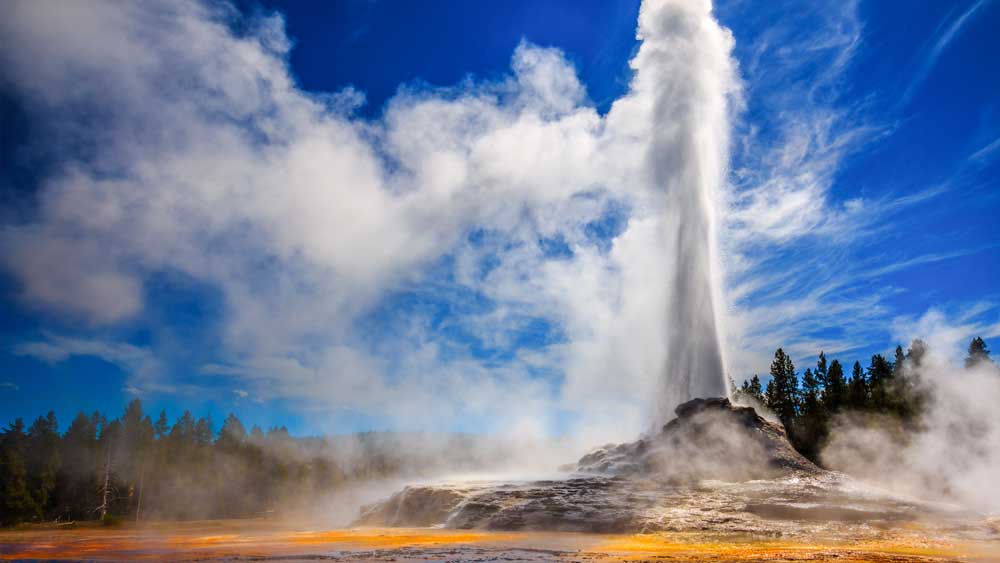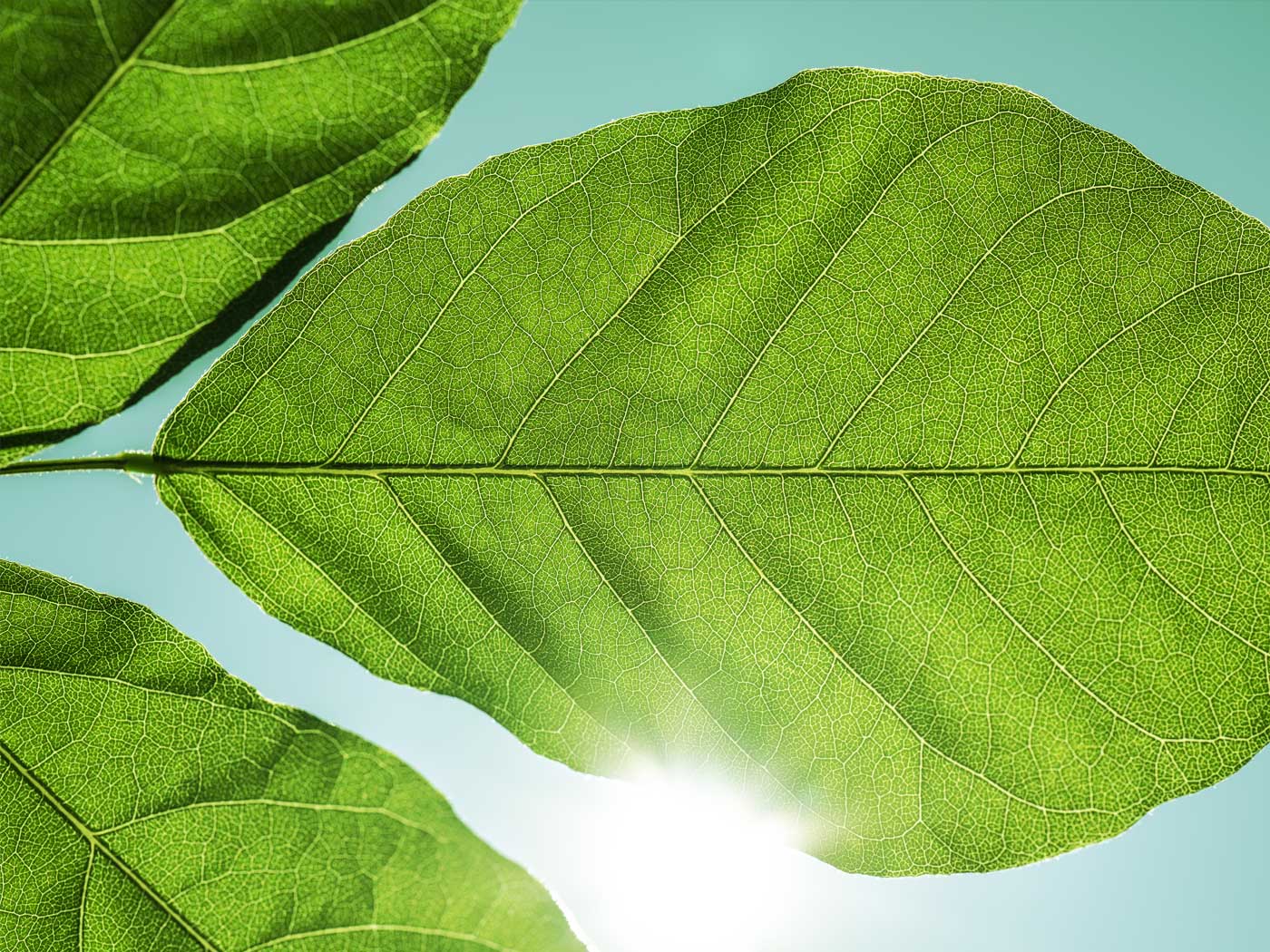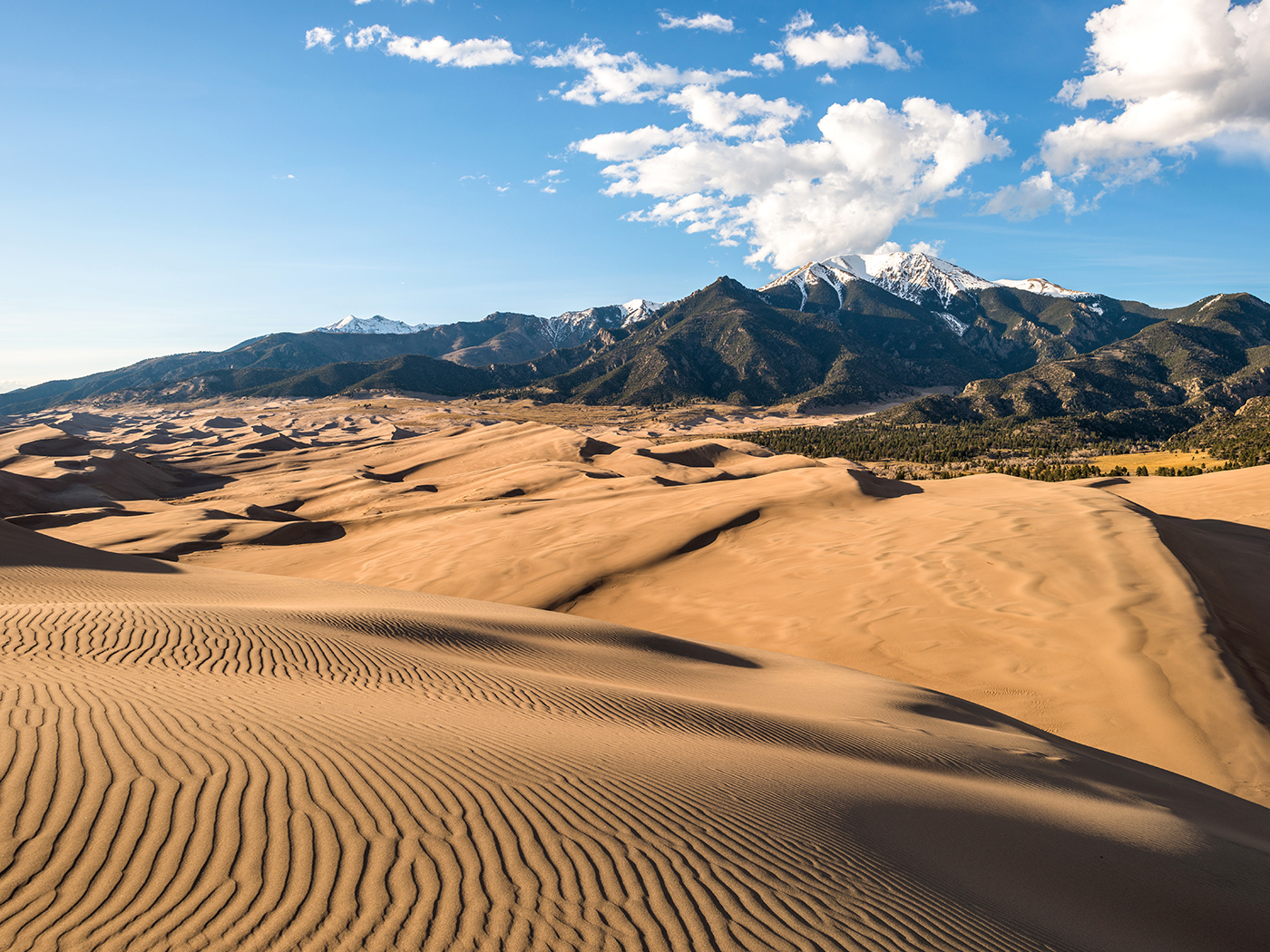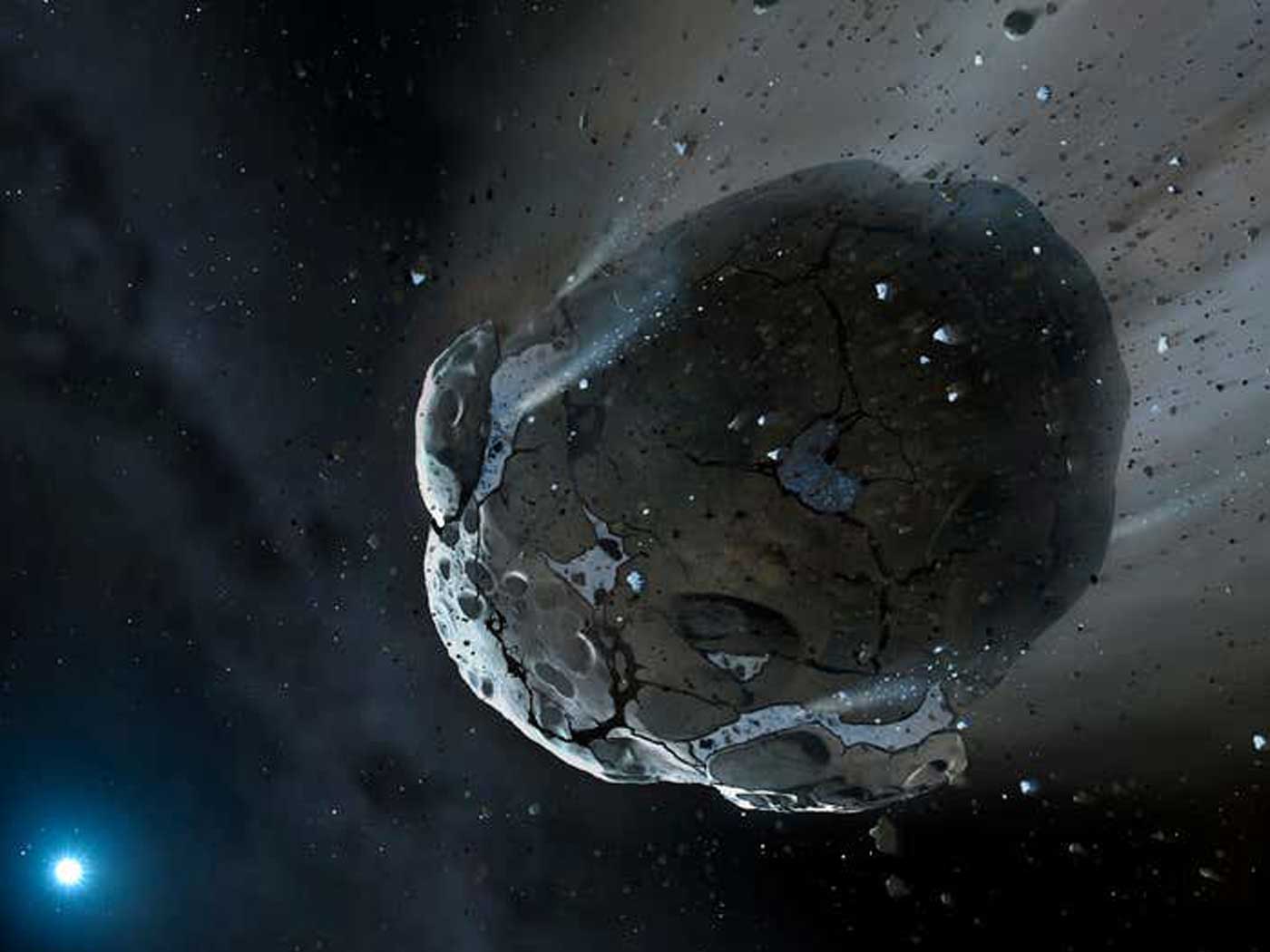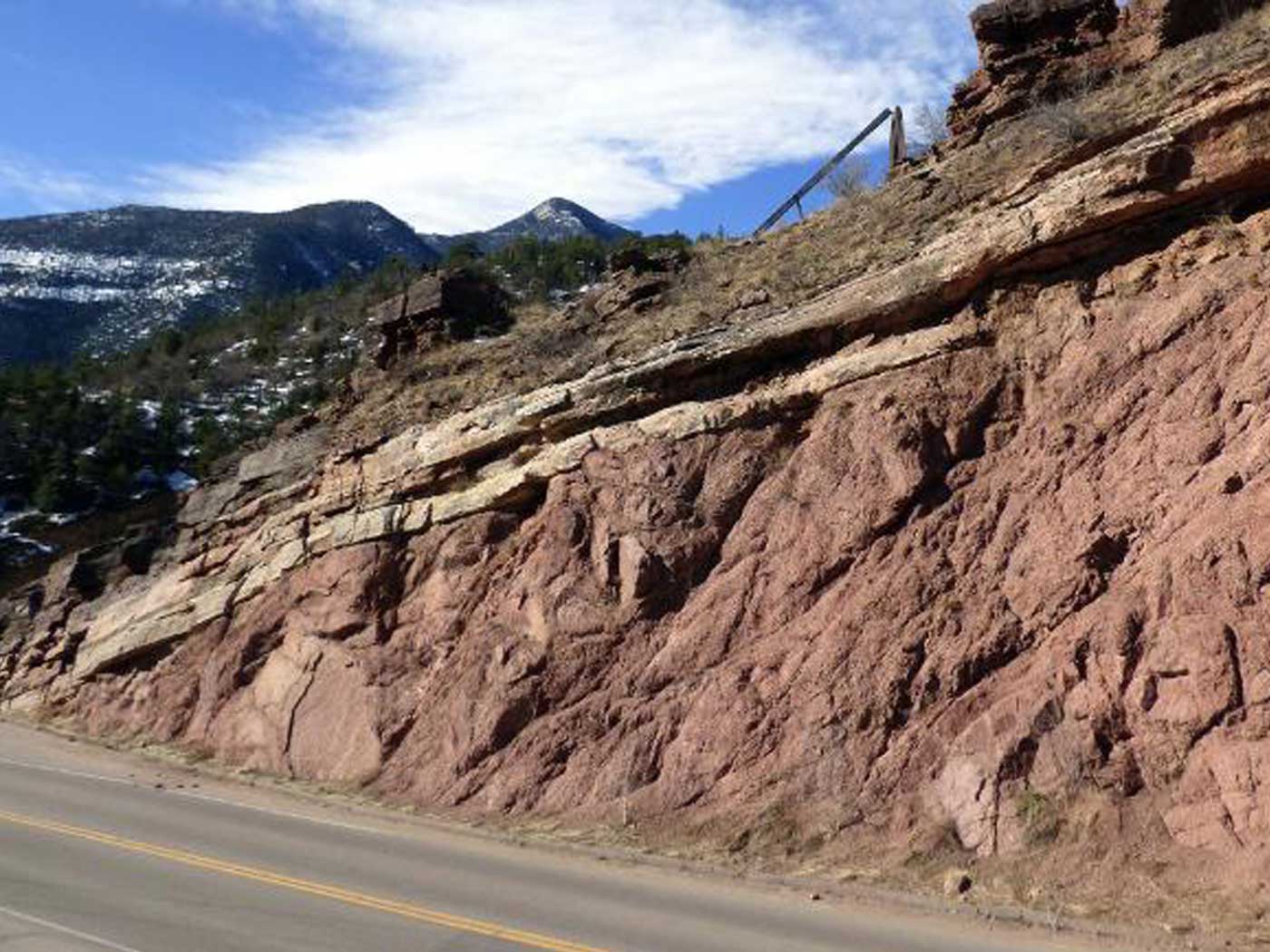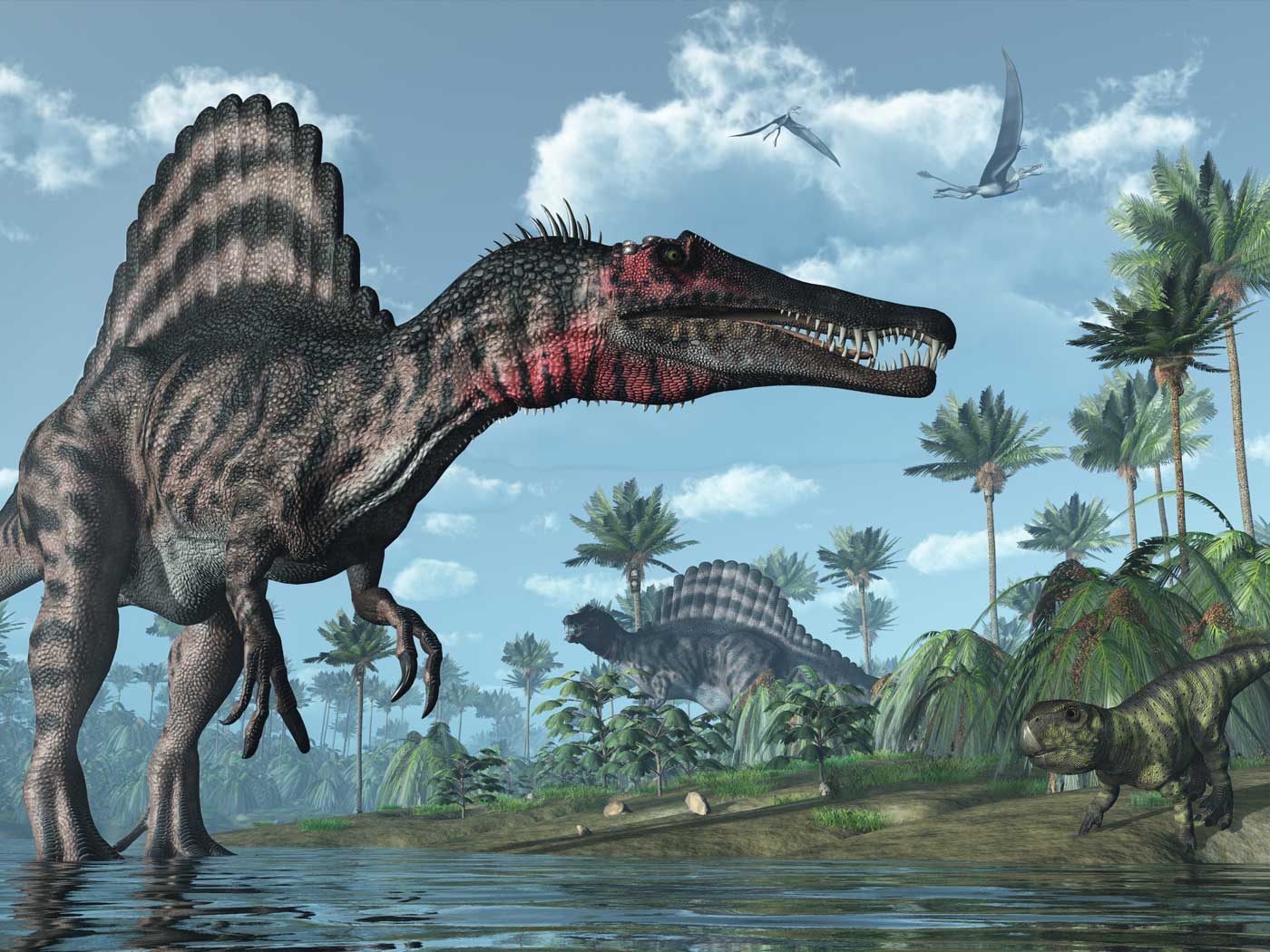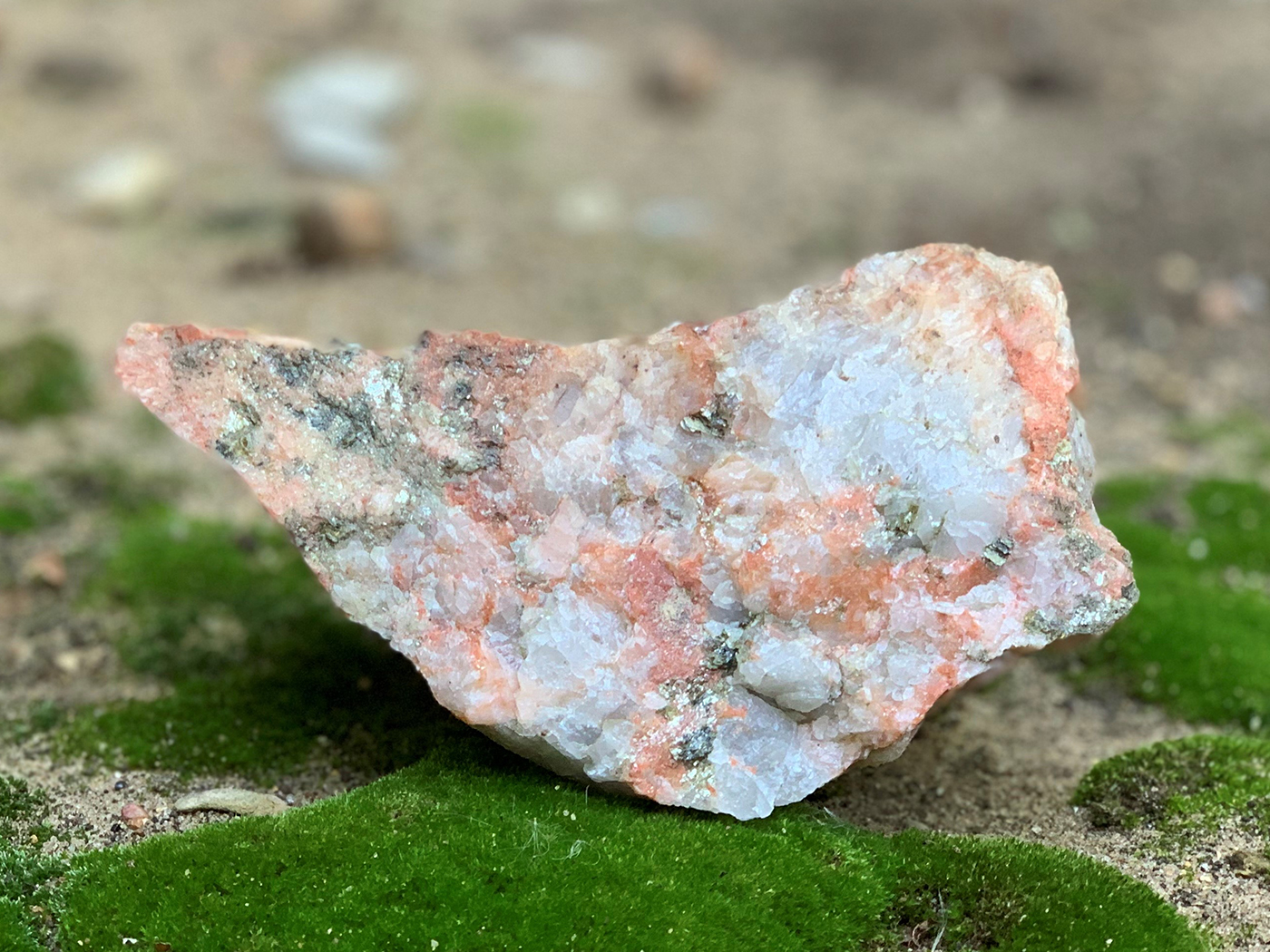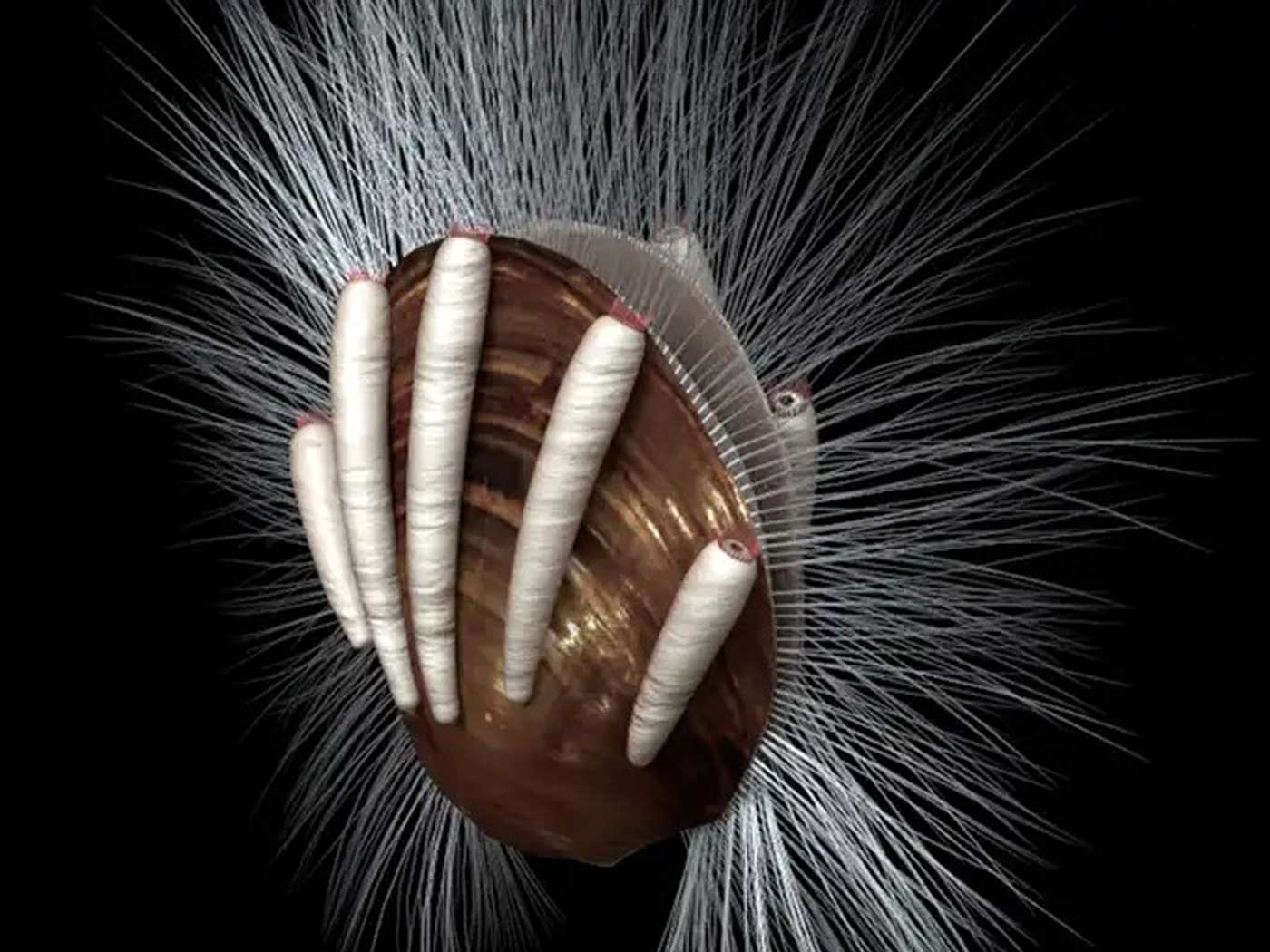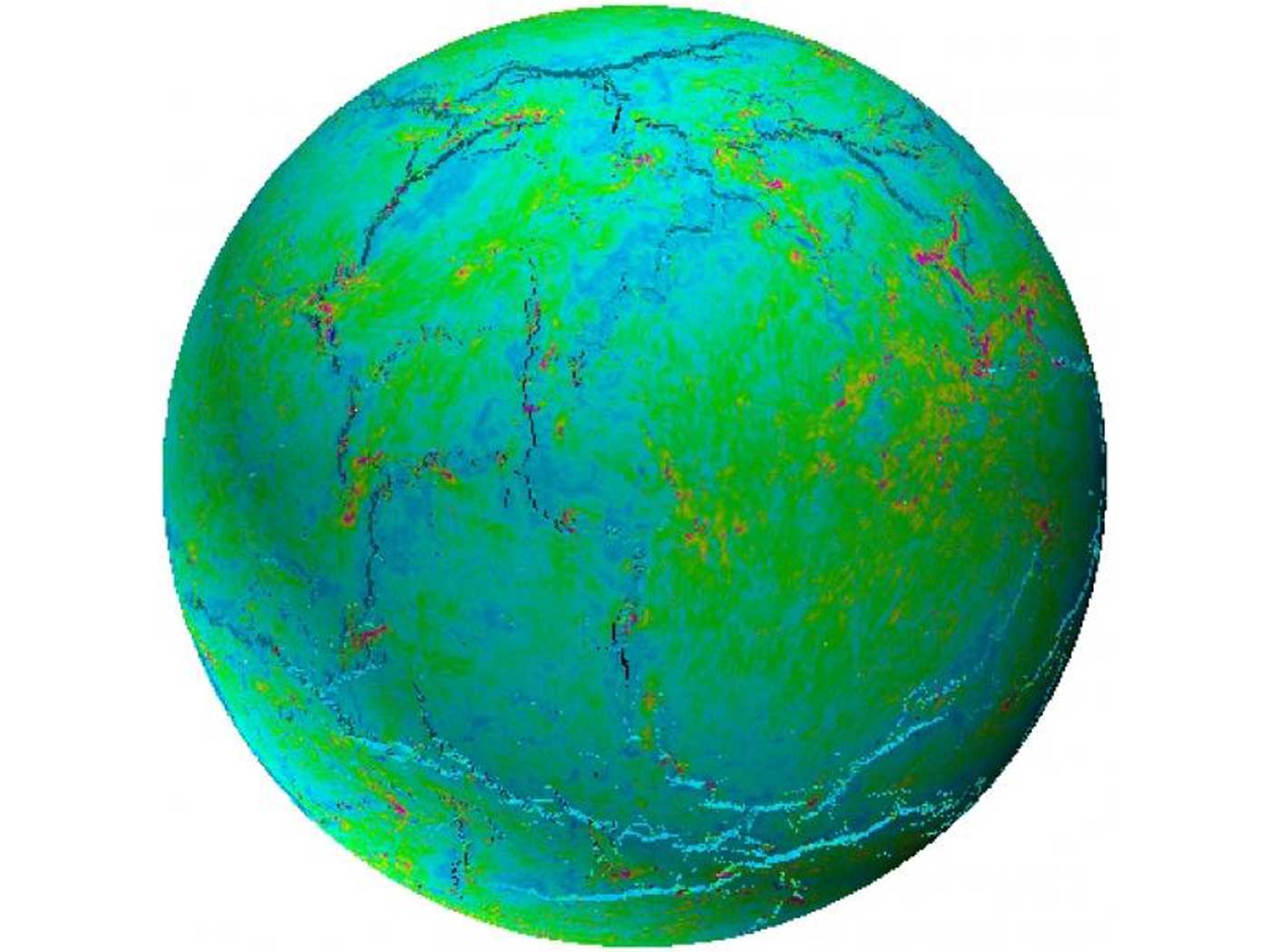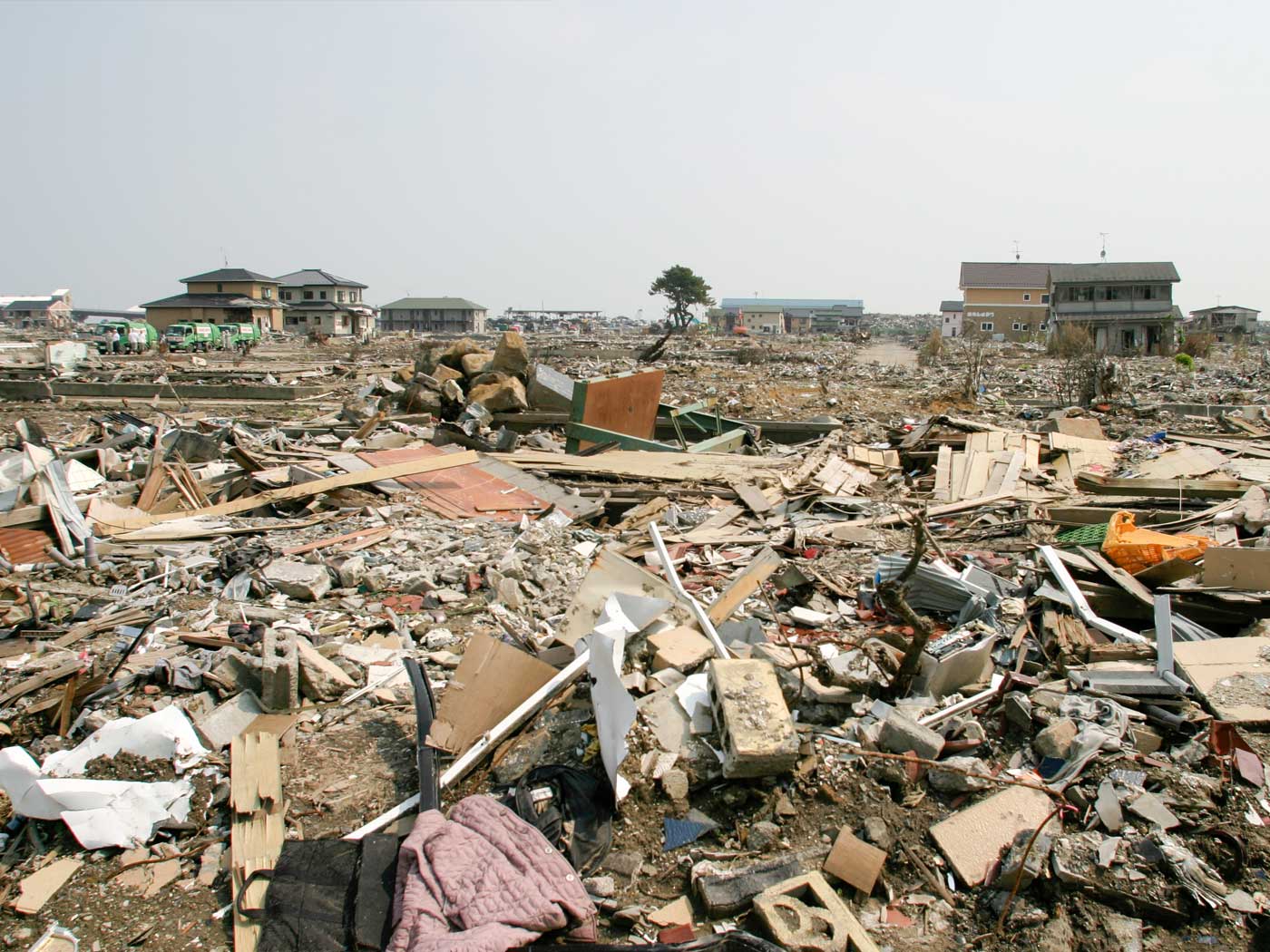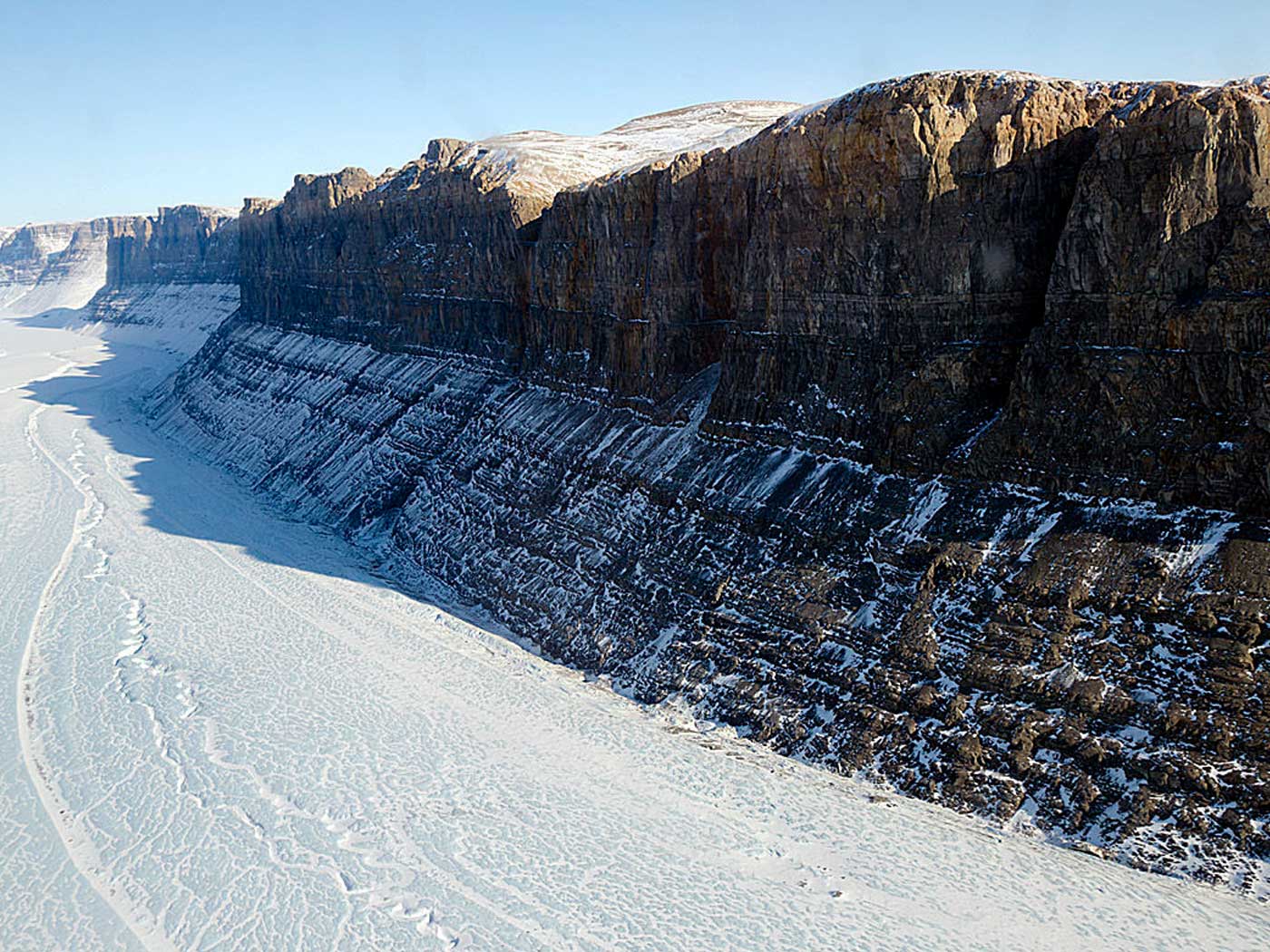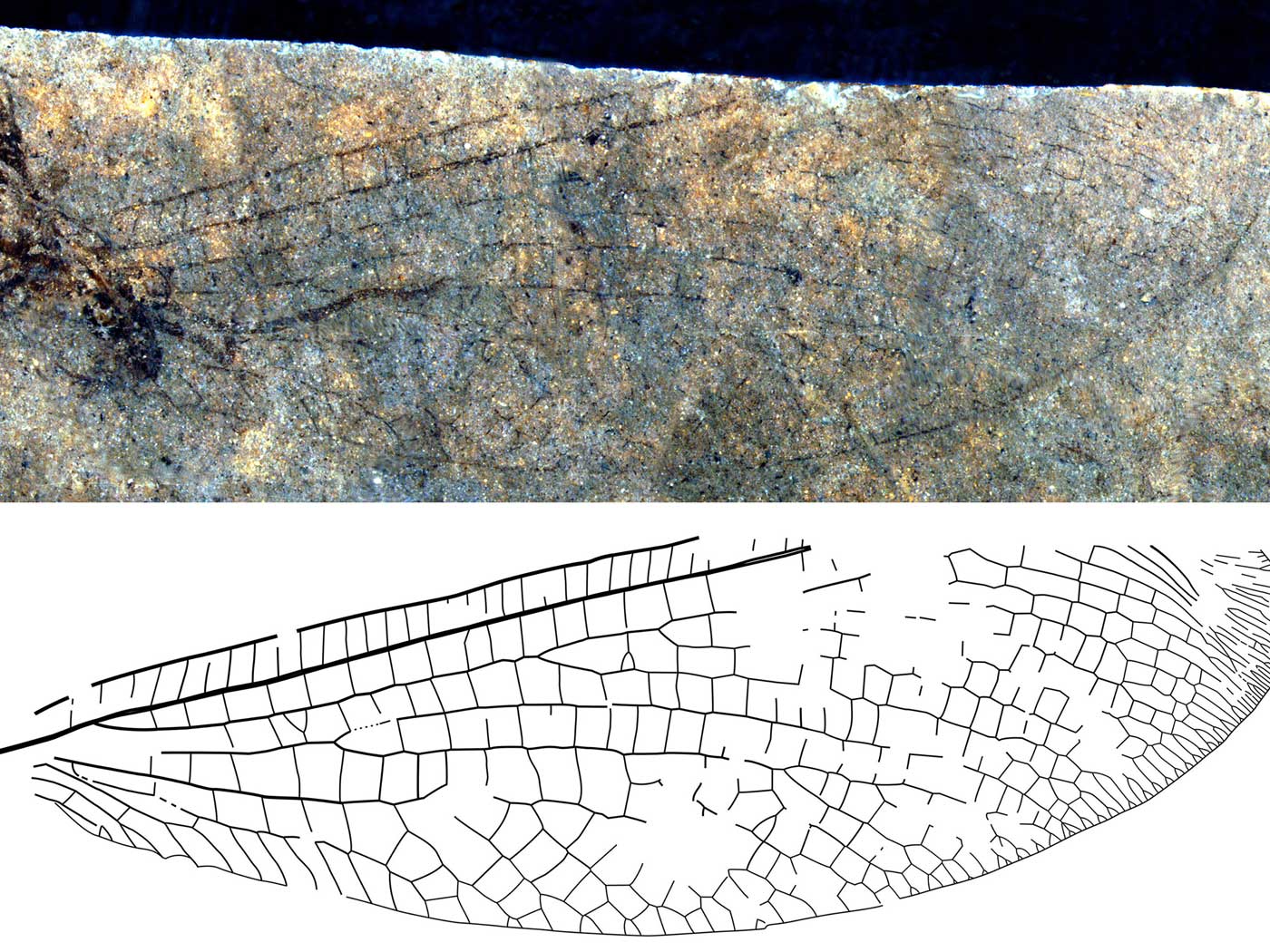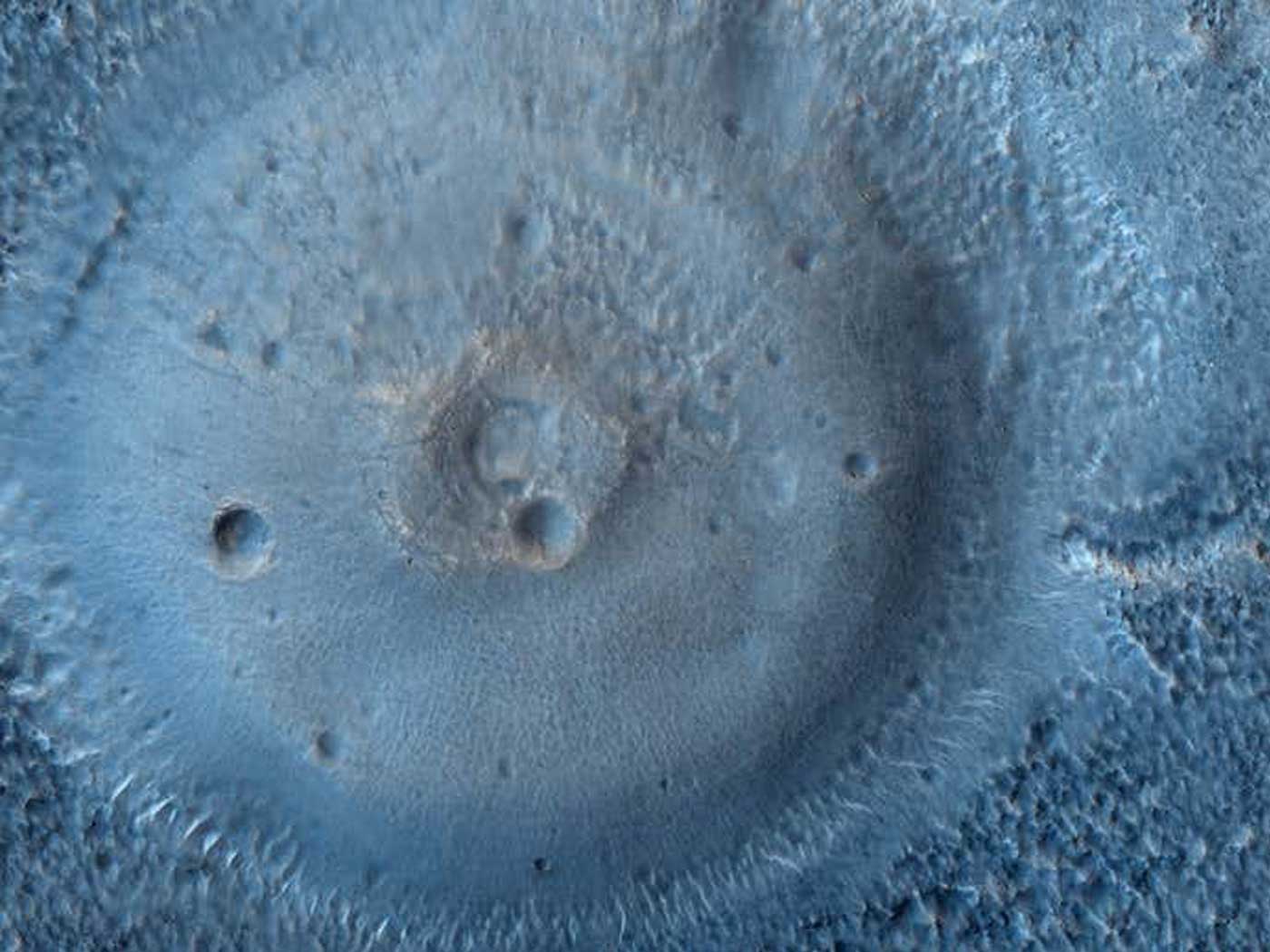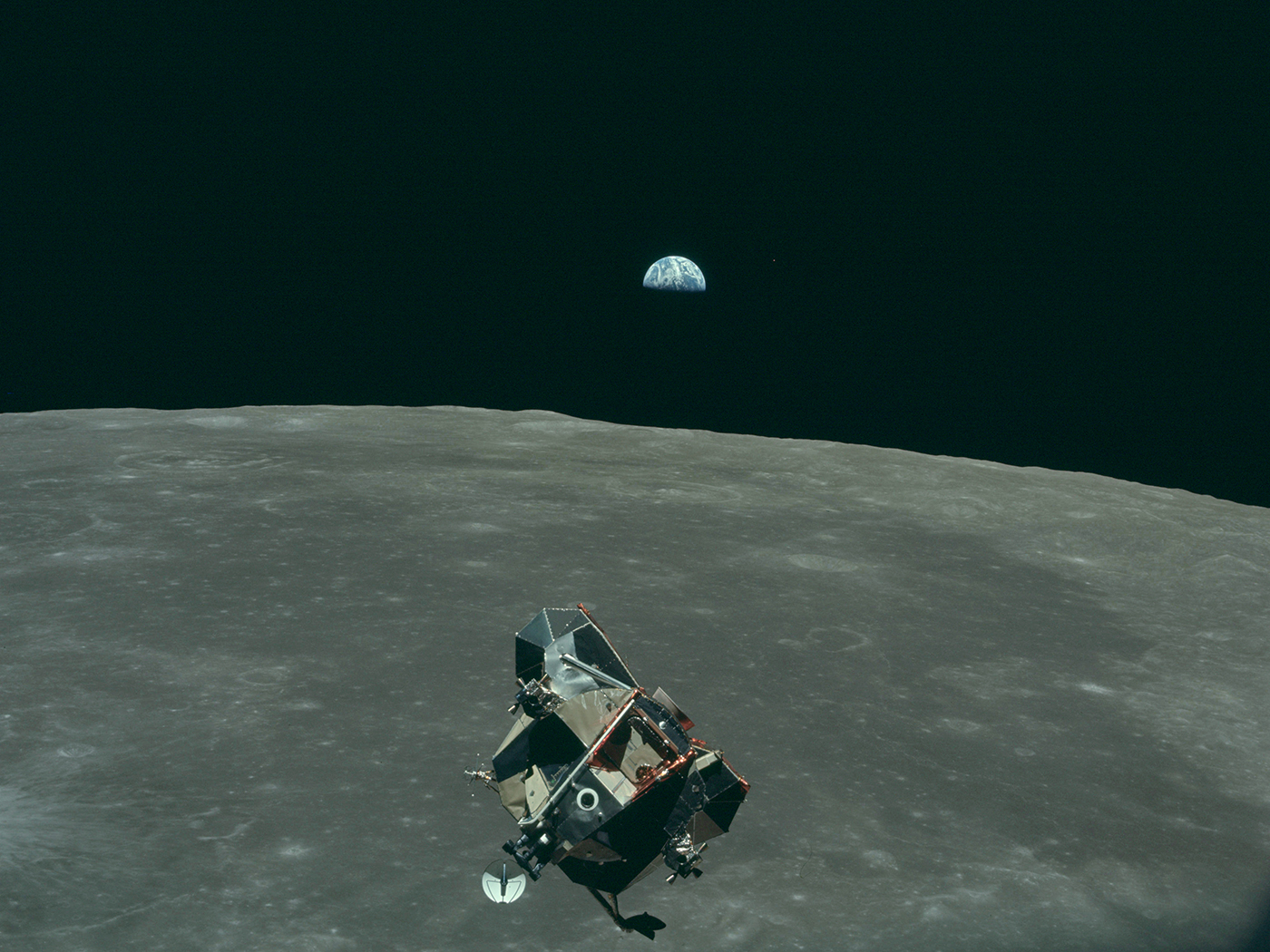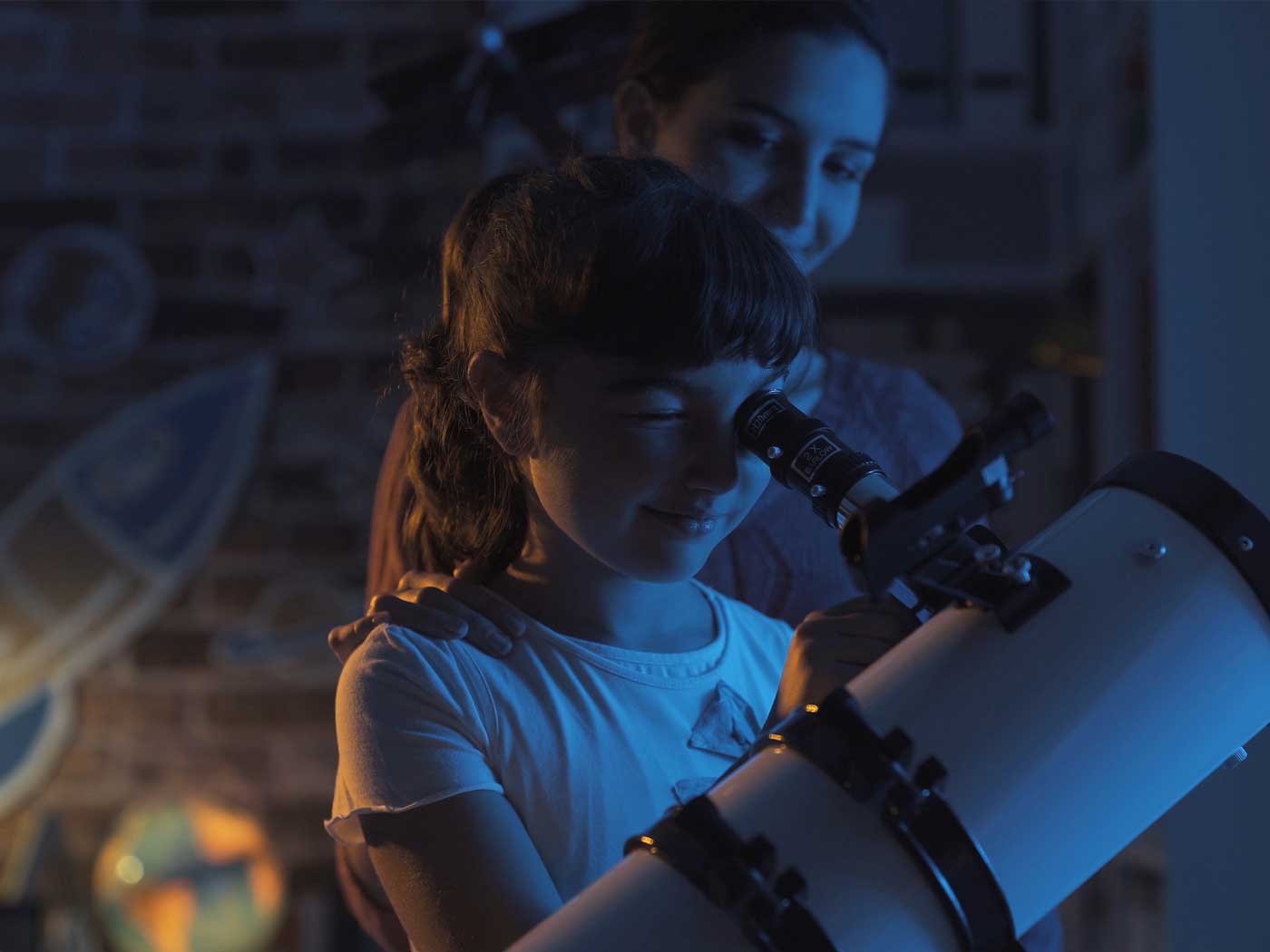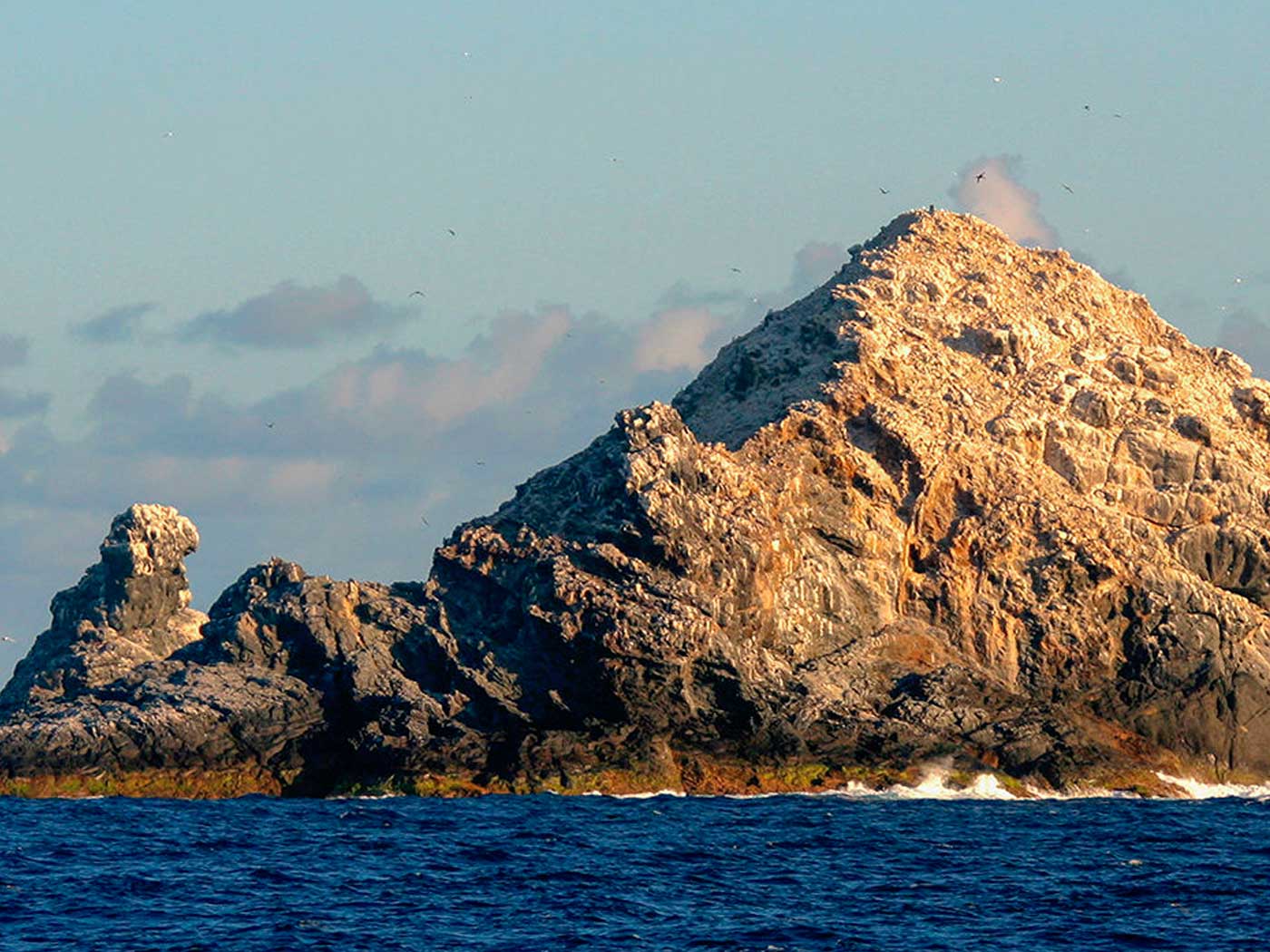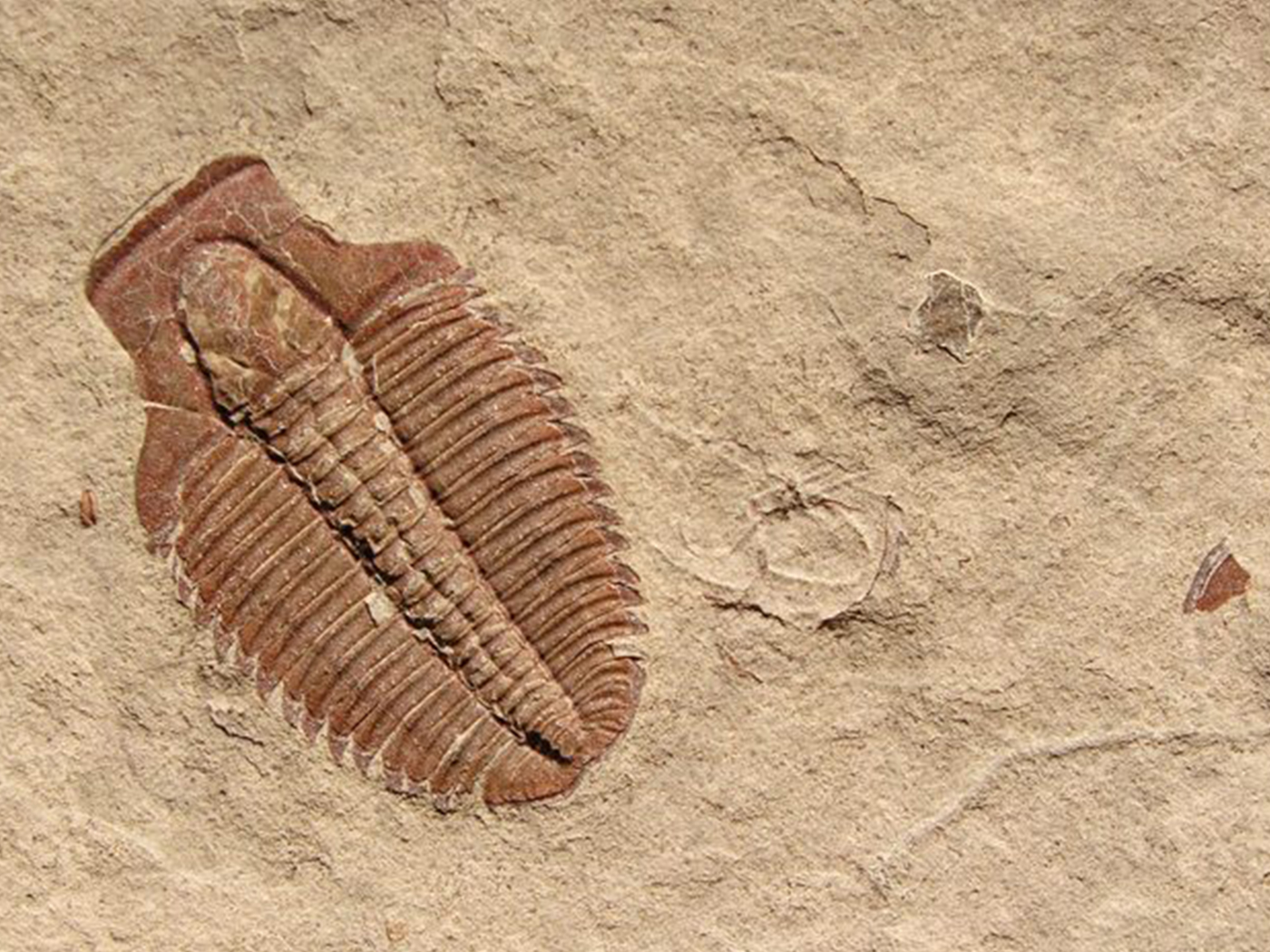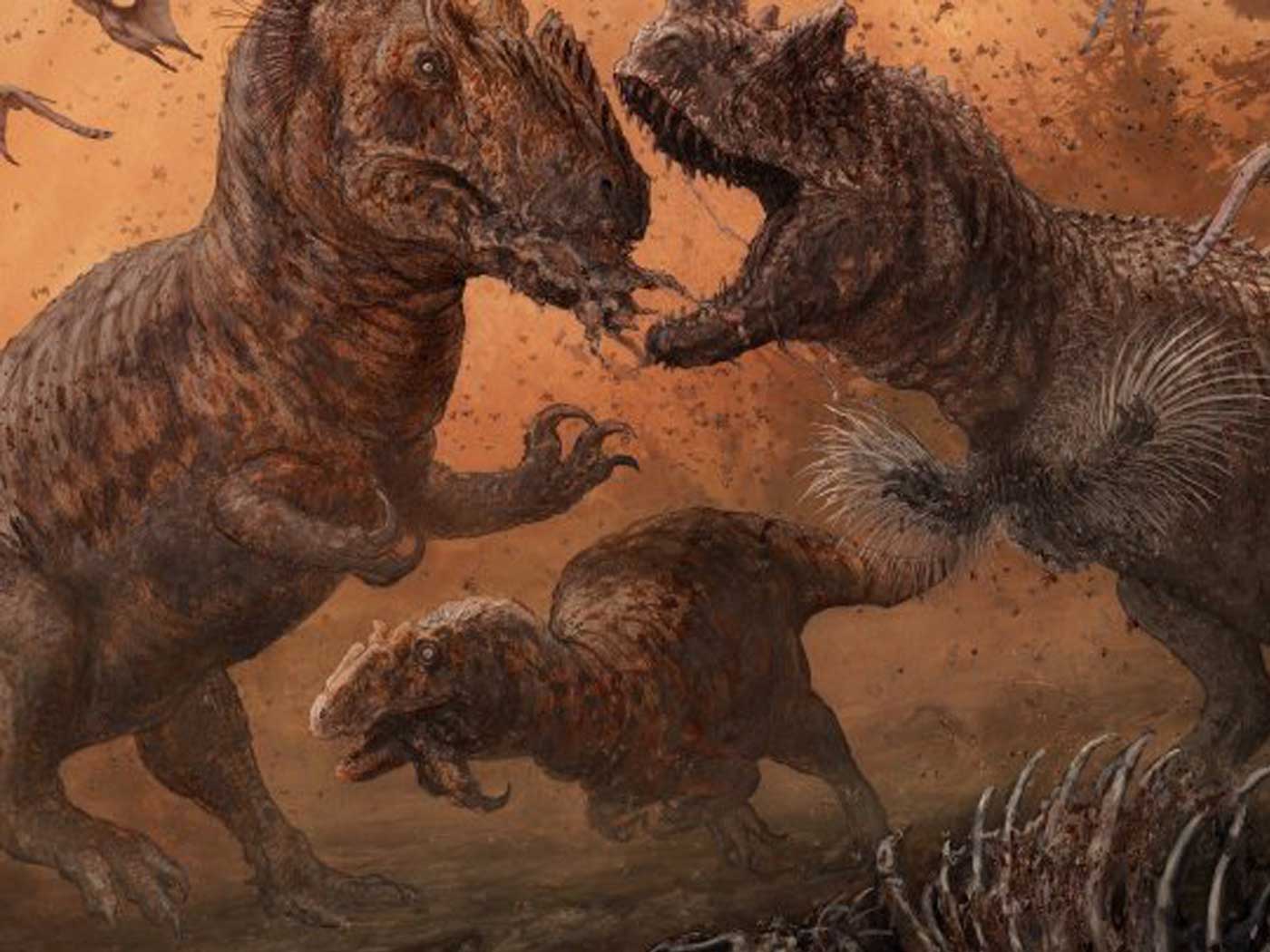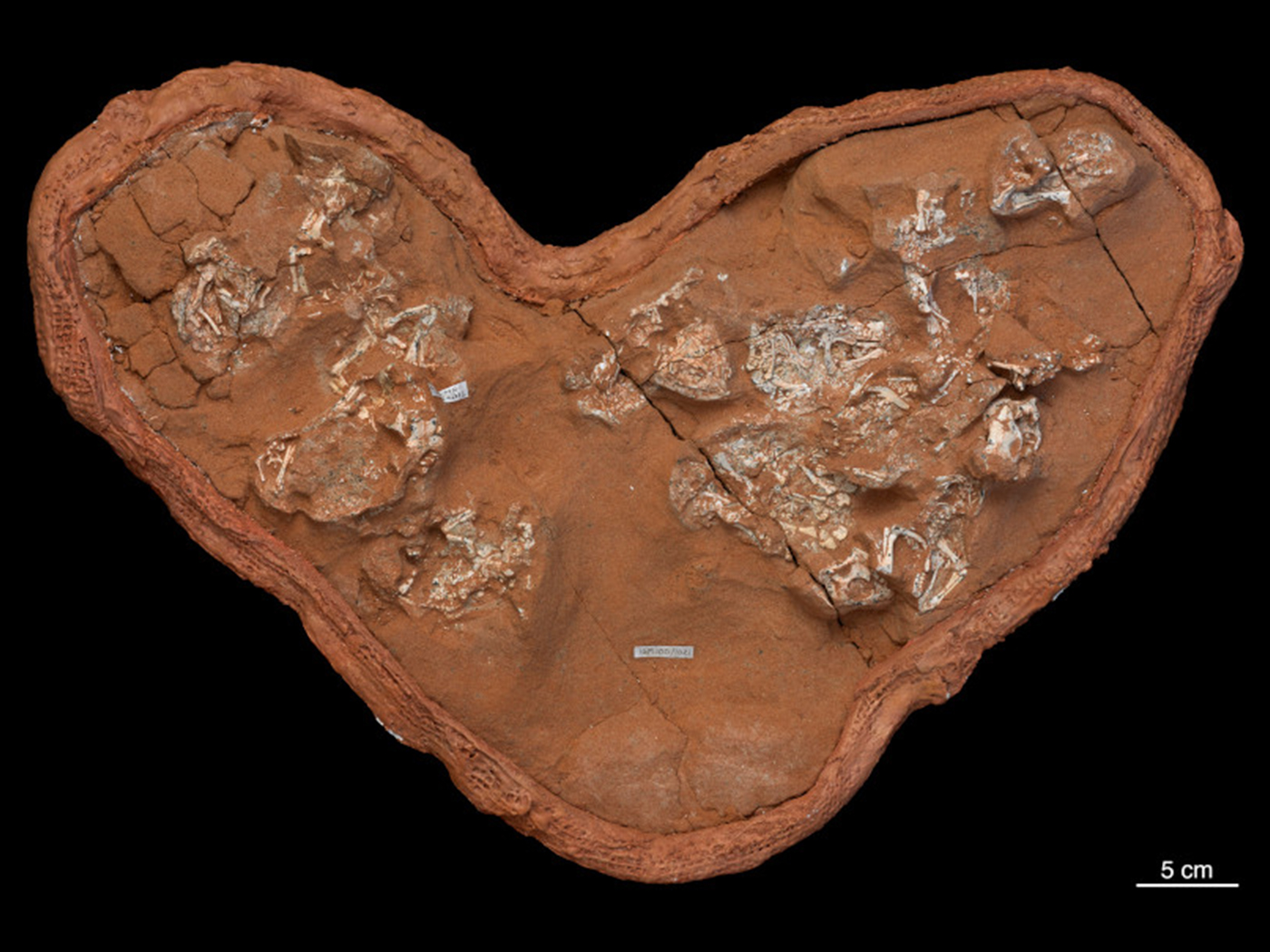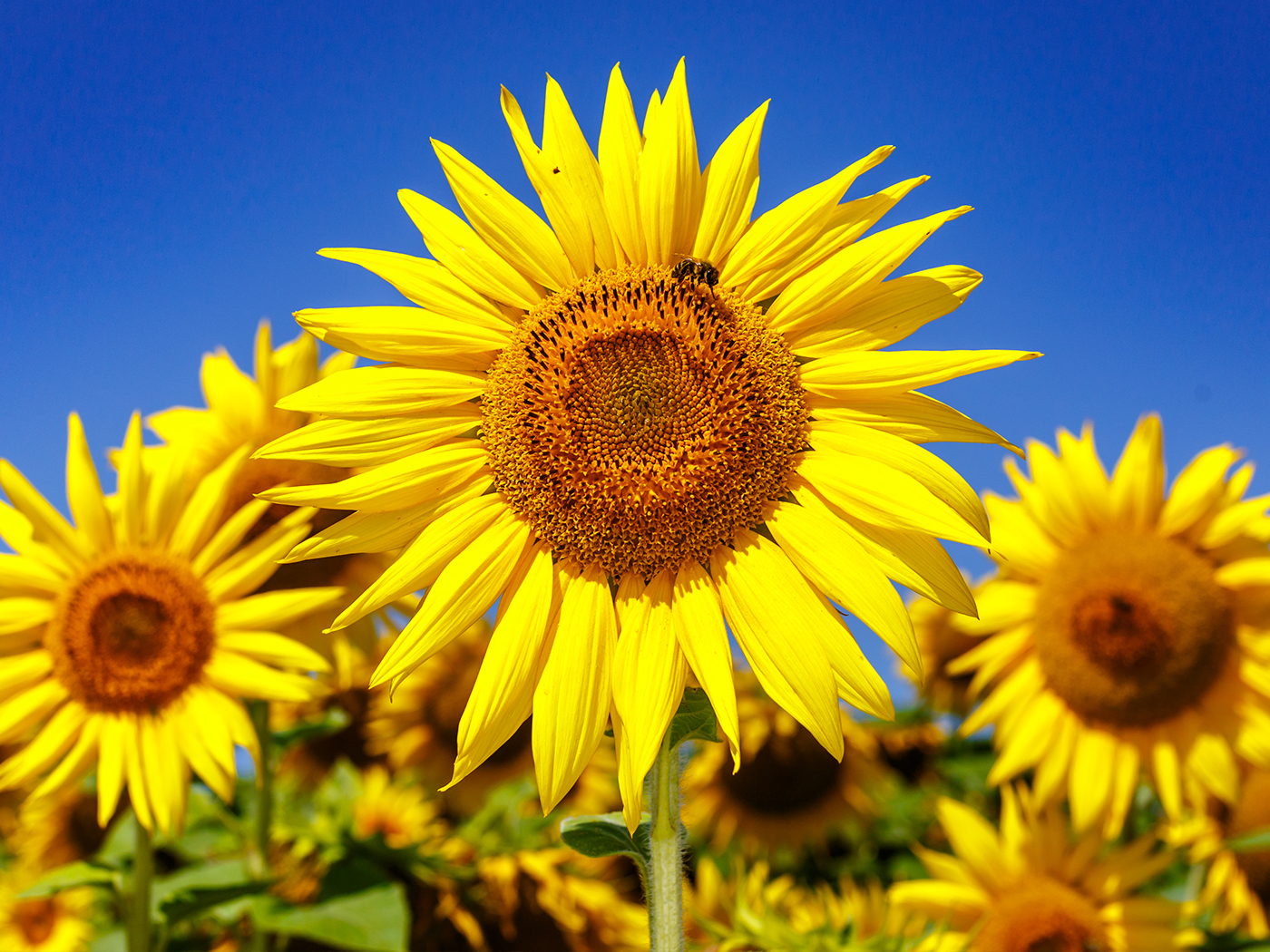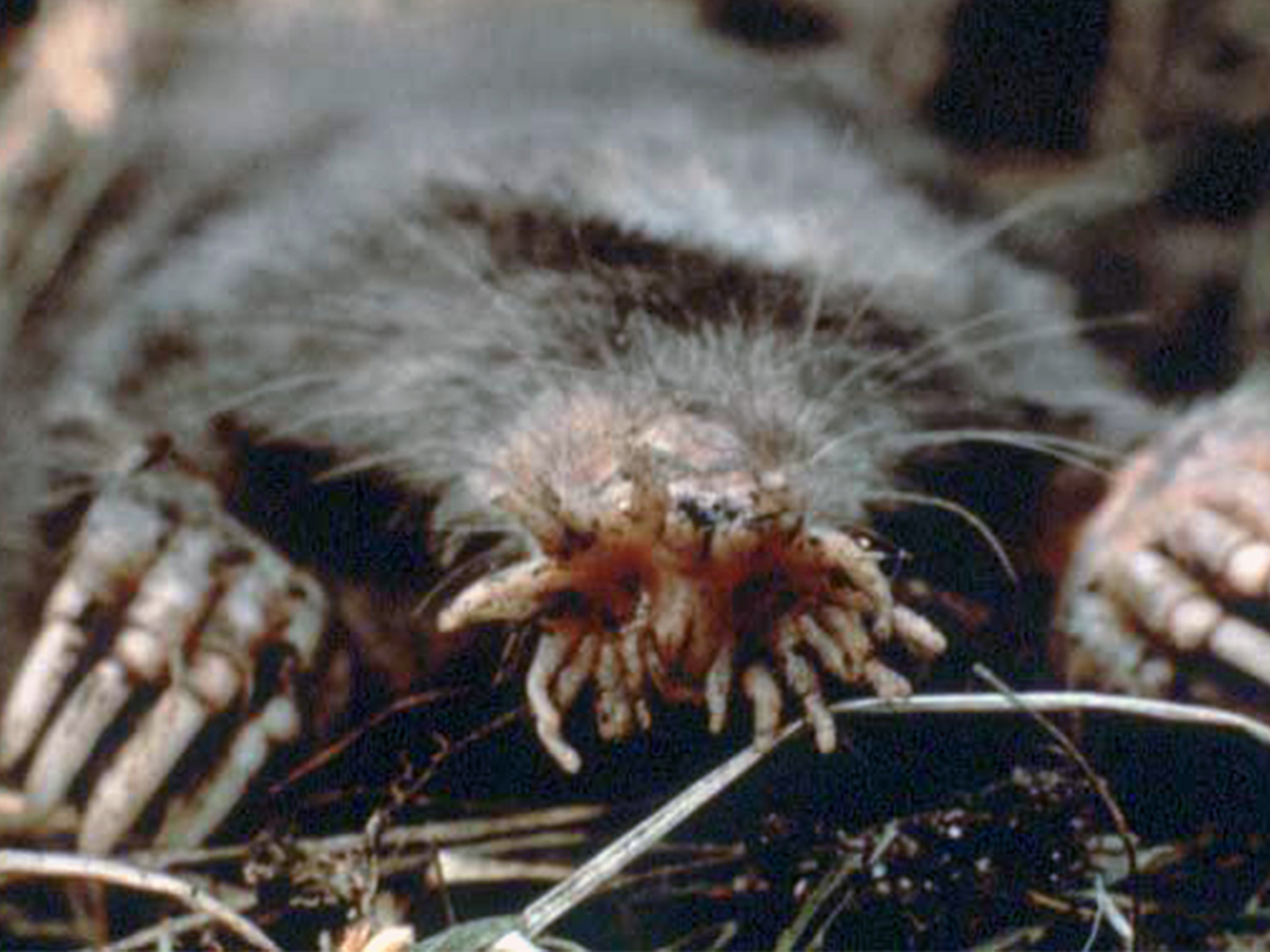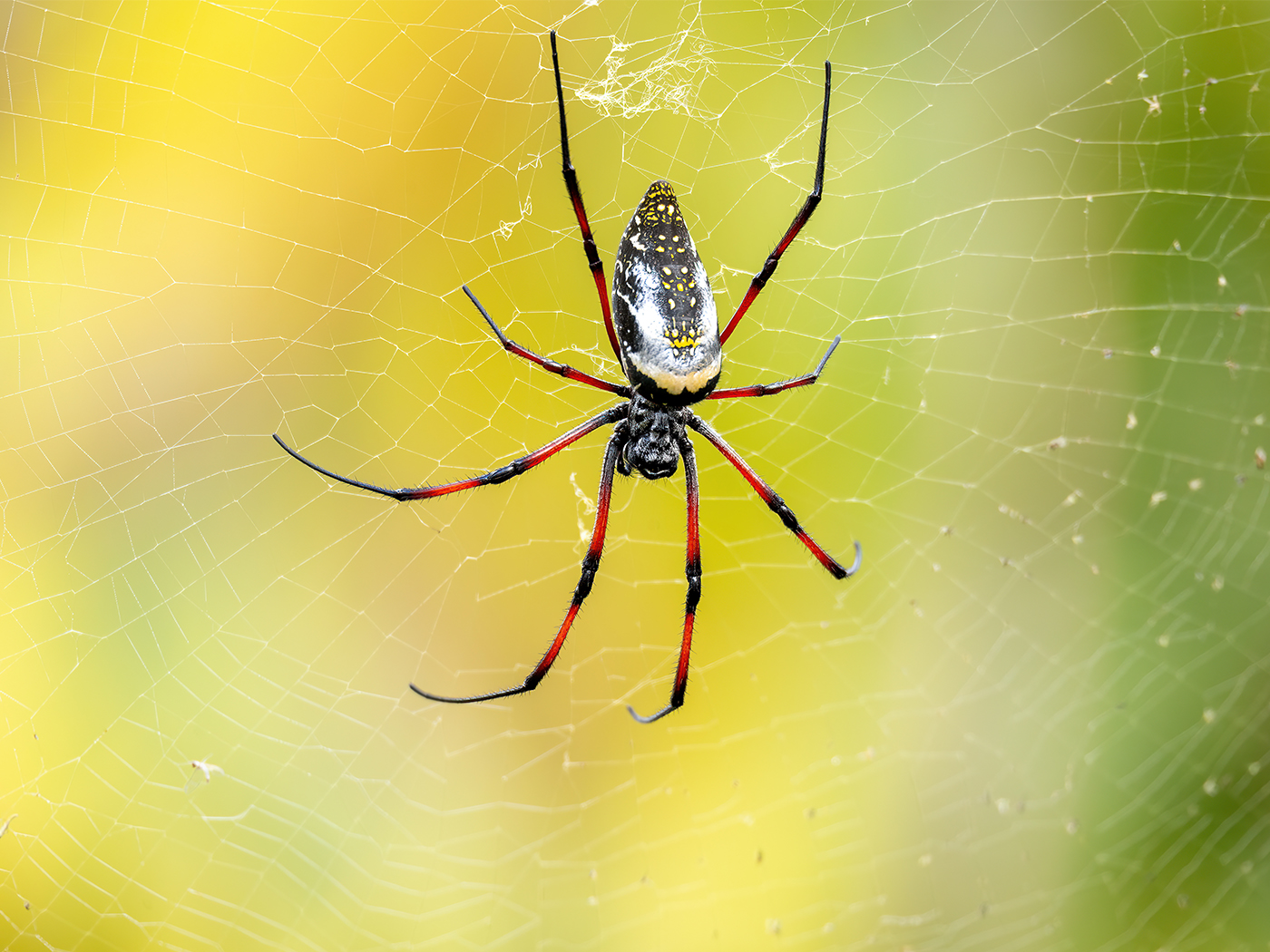A group of geologists, led by Thomas Knott of the University of Leicester, UK, publishing in the journal Geology, have found evidence of previously unrecognized super-eruptions from the Yellowstone “hot spot.”3 The science team examined the trail of volcanism across Nevada and Idaho that ends in Wyoming and found two massive eruptions that occurred prior to any known eruption in Yellowstone National Park.3
Volcanic eruptions are measured on the Volcanic Explosivity Index (VEI) and reported in numbers similar to earthquake magnitudes.5 But these indices are completely different, like apples and oranges, as they say. The Mount St. Helens eruption in 1980 was about a 5.0 on the VEI, which bases its value on the height of the ash cloud and the extent of the lava and ash deposits.5 VEI is a logarithmic scale like the modified Richter earthquake scale, so an 8.0 is 1,000 times more explosive compared to a 5.0.5
The authors described their findings:
Each generated huge and unusually hot pyroclastic density currents that sterilized extensive tracts of Idaho and Nevada in the United States. The ca. 8.99 Ma [million years ago] McMullen Creek eruption was magnitude 8.6, larger than the last two major eruptions at Yellowstone (Wyoming). Its volume exceeds 1700 km3 [408 cubic miles], covering ≥12,000 km2[4600 square miles]. The ca. 8.72 Ma Grey’s Landing eruption was even larger, at magnitude of 8.8 and volume of ≥2800 km3 [672 cubic miles]. It covers ≥23,000 km2 [8900 square miles] and is the largest and hottest documented eruption from the Yellowstone hotspot.3
In fact, they found that the Grey’s Landing eruption was 30% larger than any of the later eruptions of the Yellowstone hot spot.5 Lead author Thomas Knott added,
The Grey's Landing super-eruption … is one of the top five eruptions of all time. [It] enameled an area the size of New Jersey in searing-hot volcanic glass that instantly sterilized the land surface. Particulates would have choked the stratosphere, raining fine ash over the entire United States and gradually encompassing the globe.5
Creation scientists disagree with the assigned ages, but the relative dates place these two eruptions during the deposition of Miocene rocks, part of the receding phase of the Flood.4 In addition, the scientists counted at least four other super-eruptions in the Miocene for a total of six super-eruptions.5
However, their data show a steady decline in size and frequency of the eruptions toward more modern times.3 “It seems that the Yellowstone hotspot has experienced a three-fold decrease in its capacity to produce super-eruption events. This is a very significant decline,” Knott said.
The science team concluded, “Together, these features indicate that the hotspot activity may be waning.”3
These results match perfectly with what we had earlier concluded.2 Super-eruptions from the Yellowstone hot spot were all part of the devastation of the Flood year.4 We are not surprised that this type of highly explosive activity has diminished toward the present, and it likely has ceased for good. There is no need to fear or expect another super-eruption at Yellowstone today. The Flood and its supervolcanic activity ended about 4,400 years ago. These eruptions were an important part of God’s plan for the post-Flood world. Yellowstone contributed greatly to the cooling of the Earth and the onset of the Ice Age after the Flood, another one-time event.
References
1. Liberatore, S. 2020. Huge chunk of Yellowstone National Park ‘breathing’ in and out due to trapped magma. London Daily News. Posted on dailymail.co.uk March 20, 2020, accessed June 10, 2020.
2. Clarey, T. 2020. Yellowstone Supervolcano Unlikely to Blow. Creation Science Update. Posted on ICR.org March 27, 2020, accessed June 9, 2020.
3. Knott, T. R., et al., 2020, Discovery of two new super-eruptions from the Yellowstone hotspot track (USA): Is the Yellowstone hotspot waning? Geology. DOI: 10.1130/G47384.1
4. Clarey, T. 2020. Carved in Stone. Dallas, TX: Institute for Creation Research.
5. Specktor, B. Newly discovered Yellowstone eruption is one of 'top 5 eruptions of all time'. LiveScience. Posted on LiveScience June 6, 2020, accessed June 10, 2020.
*Dr. Clarey is Research Associate at the Institute for Creation Research and earned his doctorate in geology from Western Michigan University.




